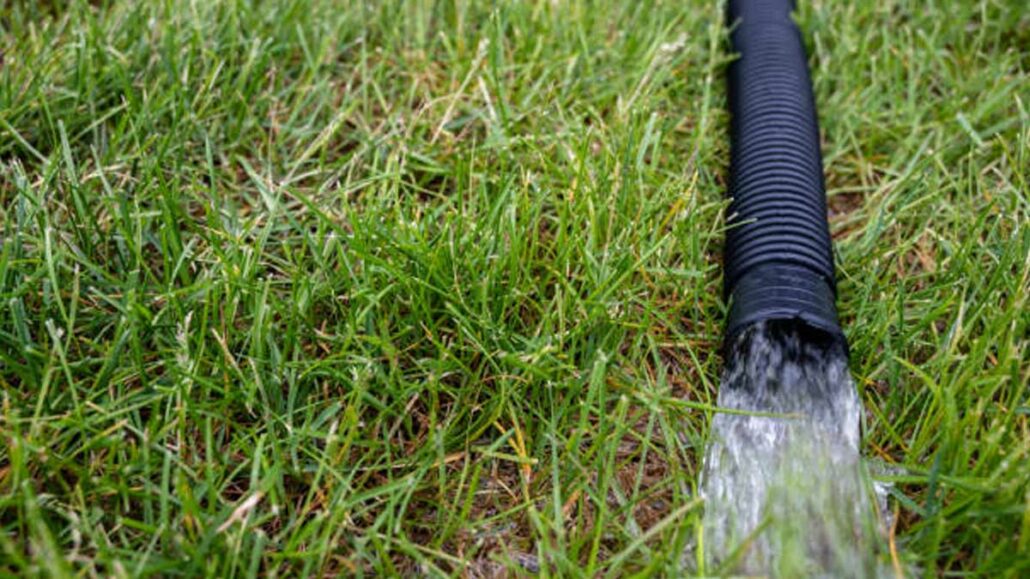How Much Water Backup Coverage Do I Need? The unexpected disruption of water supply can significantly impact daily life, from basic hygiene to household chores and even fire safety. This underscores the critical need for adequate water backup coverage. Determining the appropriate level of coverage requires a careful assessment of individual needs and circumstances. Factors such as household size, water consumption patterns, the frequency and duration of water outages in the region, and the availability of alternative water sources must all be considered. This analysis will help homeowners and businesses make informed decisions about the most suitable water backup solutions, such as rainwater harvesting systems, storage tanks, or well systems, ensuring they have sufficient water reserves to meet their essential needs during periods of water scarcity or emergencies.

What is Water Backup Insurance?
Water backup insurance is a specialized type of coverage that protects homeowners from the financial burden of water damage caused by sewer backups, clogged drains, or sump pump failures. It is typically offered as an endorsement or add-on to a standard homeowners insurance policy.
Water backup insurance reimburses policyholders for the costs associated with repairing or replacing damaged property, including structural elements, personal belongings, and appliances. It can also cover the expenses of cleaning and restoration services, as well as temporary living expenses if the home becomes uninhabitable.
Determining the right amount of water backup coverage depends on several factors:
- The value of your property: Consider the replacement cost of your home, including the structure, fixtures, and personal belongings.
- The risk of water damage: Factors like the age of your plumbing, the presence of a basement, and your location’s susceptibility to flooding can influence your risk.
- The extent of potential damage: Think about the potential impact of a significant water backup event on your home and belongings.
Here’s a general guideline:
- Minimum Coverage: Most insurance companies offer minimum coverage limits for water backup, typically around $5,000 to $10,000.
- Recommended Coverage: For most homeowners, a coverage limit of $25,000 to $50,000 is recommended.
- High-Risk Situations: If you live in a flood-prone area, have an older home with outdated plumbing, or have a finished basement, you may need higher coverage, potentially up to $100,000 or more.
It’s important to note that water backup coverage is often an optional add-on to your homeowners insurance policy. You’ll need to discuss your specific needs with your insurance agent to determine the appropriate coverage limit for your situation.
Factors Influencing Coverage Needs
Several factors influence the amount of water backup coverage you need. These include:
- Household size: Larger households typically consume more water, increasing the potential damage from a backup.
- Water consumption patterns: High water usage during peak hours can exacerbate the effects of a backup.
- Frequency and duration of water outages: Areas with frequent or prolonged outages may require more extensive coverage.
- Availability of alternative water sources: Access to wells or other backup sources can reduce the need for extensive coverage.
- Value of property: Higher-value properties may require more coverage to protect against significant losses.
- Age and condition of plumbing systems: Older systems may be more prone to backups, necessitating greater coverage.
- Local climate and weather patterns: Areas with heavy rainfall or frequent storms may experience more frequent backups.
Coverage Options & Considerations
Here are some key coverage options and considerations:
- Coverage Limits: Water backup insurance policies typically have coverage limits, which can range from a few thousand dollars to tens of thousands of dollars. It’s important to choose a coverage limit that is appropriate for the value of your property and the potential for damage.
- Deductibles: Like other types of insurance, water backup insurance policies typically have deductibles. The deductible is the amount you are responsible for paying out-of-pocket before the insurance company starts to pay for covered losses.
- Exclusions: Water backup insurance policies typically exclude coverage for certain types of damage, such as damage caused by flooding from natural disasters or damage that is not directly related to a sewer backup, clogged drain, or sump pump failure. It’s important to read the policy carefully to understand what is and is not covered.
- Premiums: The cost of water backup insurance varies depending on several factors, including the coverage limit, deductible, and the risk of water backup in your area. You can get quotes from several different insurance companies to compare rates and find the best policy for your needs.
Tips for Determining Coverage
Here are some tips for determining your water backup coverage needs:
Assess Your Risk:
- Location: Consider your location’s susceptibility to heavy rainfall, flooding, or sewer system issues.
- Property Age: Older homes may have older plumbing systems more prone to backups.
- Previous Issues: Have you experienced water backups before? This indicates a higher risk.
Evaluate Your Property:
- Value: Higher-value properties may require more coverage to protect against significant losses.
- Contents: Consider the value of your personal belongings, especially in areas prone to backups (e.g., basements).
- Plumbing System: Assess the age and condition of your plumbing system, including sewer lines and sump pumps.
Consider Your Lifestyle:
- Household Size: Larger households generally use more water, increasing the potential for damage.
- Water Usage: High water usage during peak hours can exacerbate the effects of a backup.
- Alternative Water Sources: Access to wells or other backup sources can reduce the need for extensive coverage.
Consult with Professionals:
- Insurance Agent: Discuss your specific needs and get personalized advice.
- Plumber: A plumber can assess your plumbing system and identify potential risks.
Review Your Policy Carefully:
- Coverage Limits: Ensure the limits are sufficient to cover potential losses.
- Deductibles: Choose a deductible you can comfortably afford.
- Exclusions: Understand what is not covered to avoid surprises.
Frequently Asked Questions (FAQs)
What does water backup coverage typically cover?
Water backup coverage typically covers damage caused by:
- Sewer backups: When sewage backs up into your home through drains or toilets.
- Sump pump failures: When a sump pump fails to remove water from your basement, leading to flooding.
- Washing machine overflows: When a washing machine malfunctions and overflows, causing water damage.
What is not typically covered by water backup coverage?
Common exclusions include:
- Flood damage: General flooding from heavy rains or storms is usually not covered by standard water backup policies. You may need a separate flood insurance policy for this.
- Gradual water damage: Slow leaks or seepage from pipes are typically not covered.
- Damage from negligence: If the damage is caused by your own negligence, such as failing to maintain your sump pump, it may not be covered.
How much does water backup coverage cost?
The cost of water backup coverage varies depending on several factors, including your location, the age of your home, and the coverage limit you choose. It’s best to get quotes from multiple insurance companies to compare prices.
When should I review my water backup coverage?
It’s a good idea to review your water backup coverage annually, or whenever you make significant changes to your home, such as finishing a basement or installing new appliances.

